What Is an AI Voiceover Synthesis Platform?
An AI Voiceover Synthesis Platform is a software solution powered by artificial intelligence and deep learning algorithms that converts written text into human-like speech. These platforms use text-to-speech (TTS) technology and neural networks to replicate the tone, pitch, and rhythm of natural human voices.
Unlike traditional voiceover services that require hiring voice actors and using recording studios, AI voiceover tools offer instant and scalable solutions to create professional-quality audio content. From marketing videos to audiobooks and educational materials, these platforms have transformed how voiceovers are created in digital media.
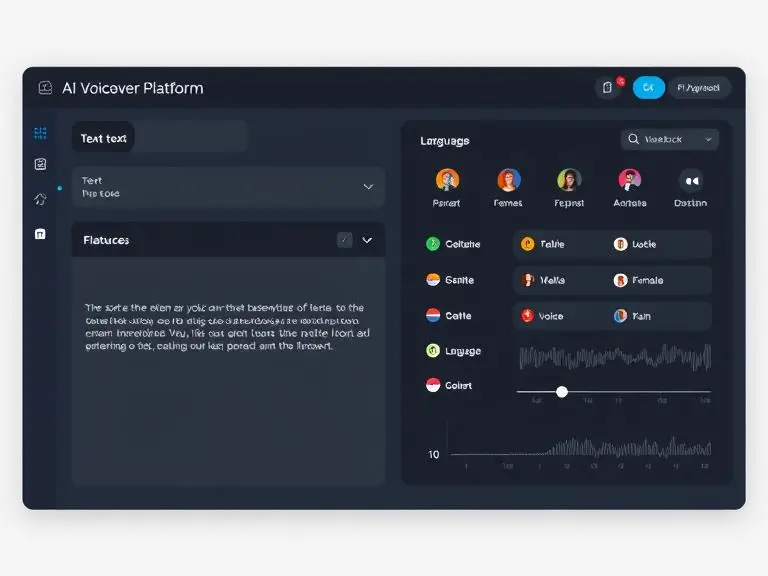
How AI Voiceover Synthesis Works
AI voiceover synthesis is built on text-to-speech conversion (TTS) systems that have evolved from rule-based systems to advanced neural TTS architectures. Here’s how the process typically works:
1. Text Analysis
The input text is analyzed for linguistic structure, punctuation, and prosody (intonation and rhythm). This helps the system understand how the text would naturally be spoken.
2. Phonetic Conversion
The words are converted into phonemes (the smallest units of sound in speech), enabling the AI model to replicate speech patterns accurately.
3. Voice Modeling
Using deep learning, the platform references its trained neural voice models, often developed using hours of real human speech, to synthesize the desired voice in real time.
4. Audio Output
The system then produces a lifelike audio file that sounds human, often complete with appropriate intonation, emotion, and emphasis based on the context of the text.
This level of AI precision results in audio that is almost indistinguishable from human voiceovers.

Benefits Over Traditional Voiceovers
AI voiceover synthesis platforms offer a wide range of advantages that traditional voiceover methods cannot match:
1. Time and Cost Efficiency
Hiring professional voice actors and booking studio time is both expensive and time-consuming. AI voiceover tools can generate audio in minutes at a fraction of the cost.
2. Scalability
Need 100 voiceovers in 10 different languages? AI makes this possible without hiring multiple voice actors, enabling businesses to scale globally with ease.
3. Voice Consistency
For long-running series like YouTube channels, eLearning modules, or product tutorials, maintaining consistent voice tone and style is critical. AI platforms offer reusable, stable voices every time.
4. Multilingual Capabilities
Most modern platforms support dozens of languages and accents, making them ideal for reaching a global audience.
5. Accessibility
AI voiceovers can improve accessibility by generating voice content for visually impaired users, or providing multilingual voice instructions in software and applications.
Common Use Cases for AI Voiceovers
AI voice synthesis is rapidly being adopted across multiple industries and content formats:
1. E-learning and Online Courses
Instructors and institutions use AI-generated voiceovers for creating interactive and multilingual course content efficiently.
2. Video Marketing
Marketers use AI voiceovers to produce explainer videos, ads, and social media reels without needing professional recording setups.
3. Podcasts and Audiobooks
Independent creators are using these platforms to narrate audiobooks and podcast episodes without hiring voice talent.
4. Mobile Apps and Software
Apps that rely on voice navigation or spoken instructions (e.g., meditation apps, learning tools) are increasingly powered by AI voice synthesis.
5. Customer Service
AI voiceovers are also used in IVR (interactive voice response) systems to provide consistent, professional communication with customers.
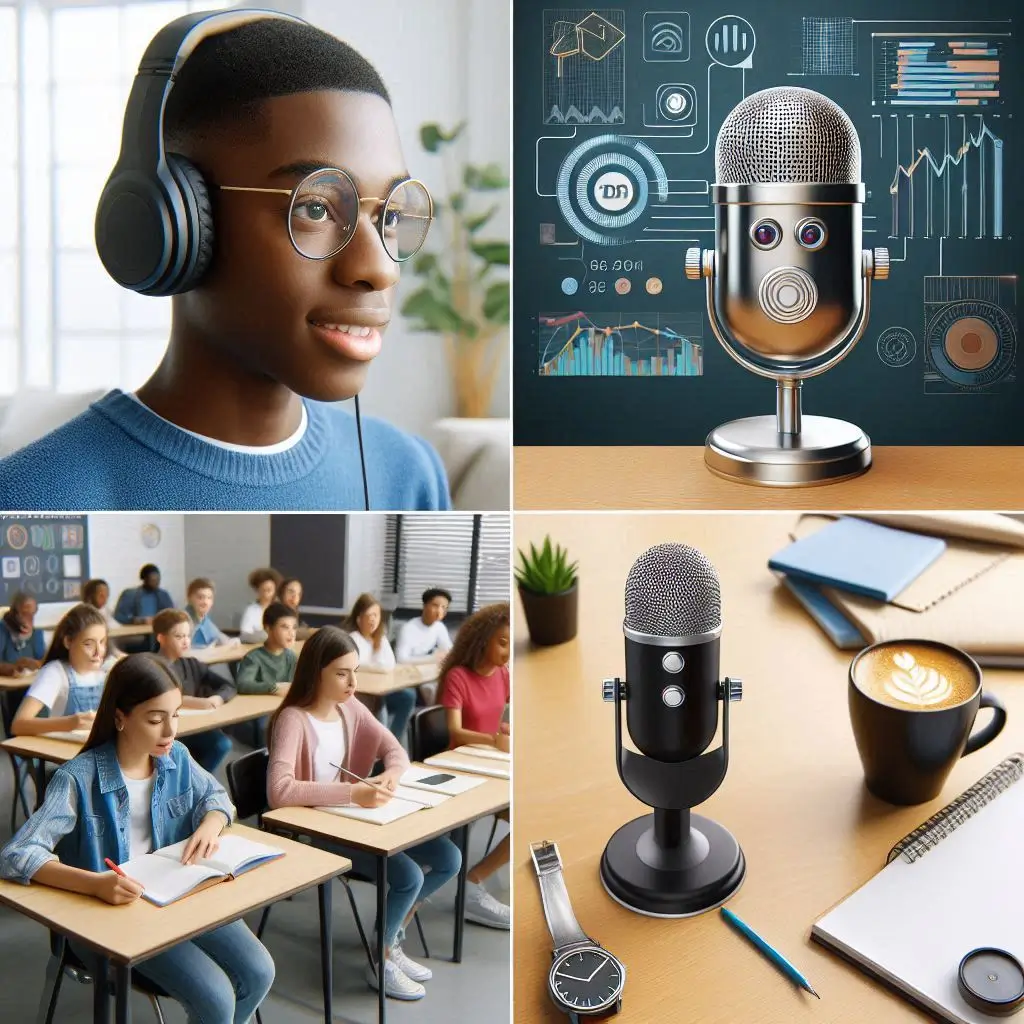
Key Features of a Powerful AI Voiceover Synthesis Platform
An effective AI voiceover synthesis platform offers more than just basic text-to-speech functionality. It incorporates cutting-edge features that ensure human-like quality, global accessibility, and full customization. These features are essential for creating realistic, professional voiceovers that align with your brand or content style.
Natural-Sounding Voices
The most crucial feature of any AI voiceover synthesis platform is the natural quality of its voices. Today’s leading platforms use neural TTS (Neural Text-to-Speech), which mimics the natural variations of human speech, including:
Tone inflection and pitch
Rhythm and pacing
Emotional expression
Thanks to deep learning models trained on thousands of hours of real human speech, these platforms can produce voices that sound almost indistinguishable from human narration.
This feature is especially valuable for creating content in education, podcasts, audiobooks, and marketing, where listener engagement depends on vocal quality.
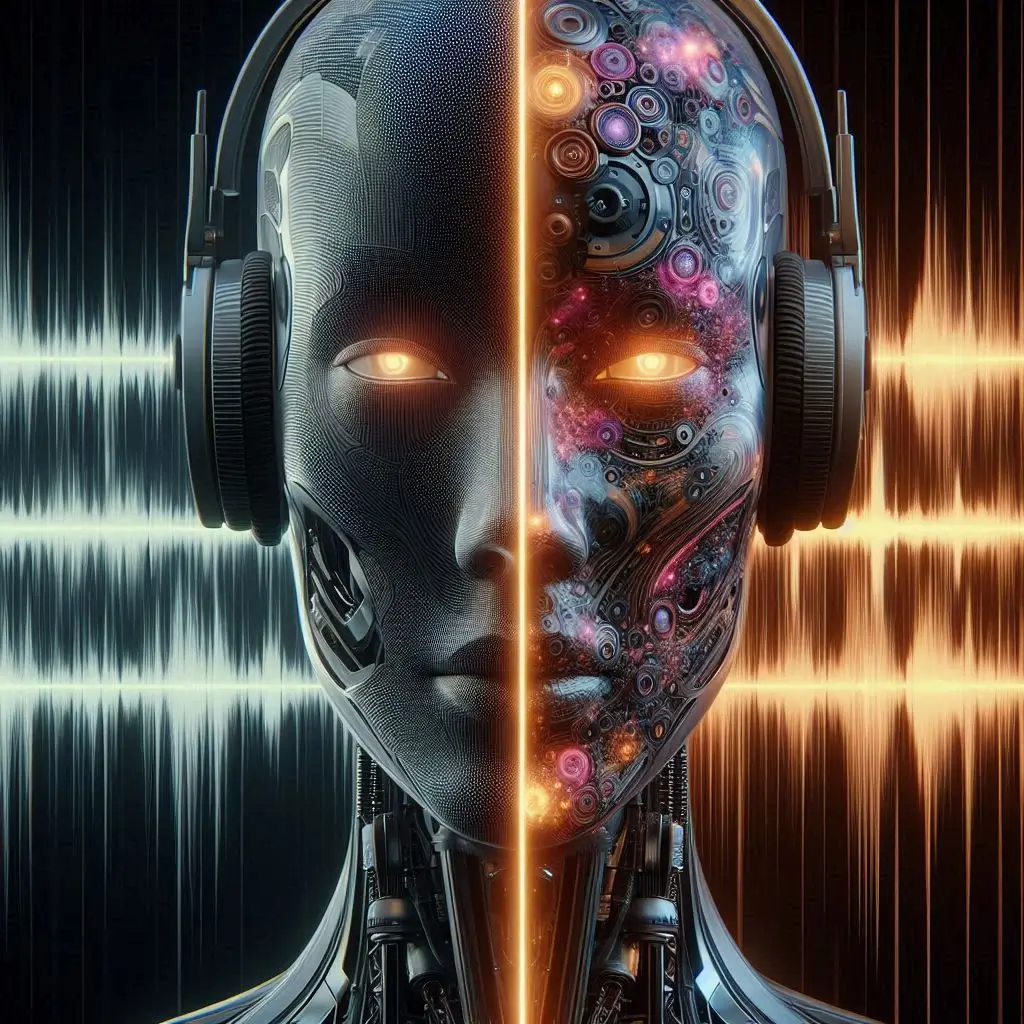
Multi-Language and Accent Support
To cater to global audiences, top AI voiceover platforms offer support for multiple languages and regional accents. Whether you’re producing content for an international brand or creating multilingual courses, this feature is indispensable.
Most platforms support:
Over 30 to 70 languages
Multiple regional accents (e.g., US English vs. UK English)
Localized pronunciation rules
This capability allows businesses and creators to expand into global markets without hiring multiple voice actors.
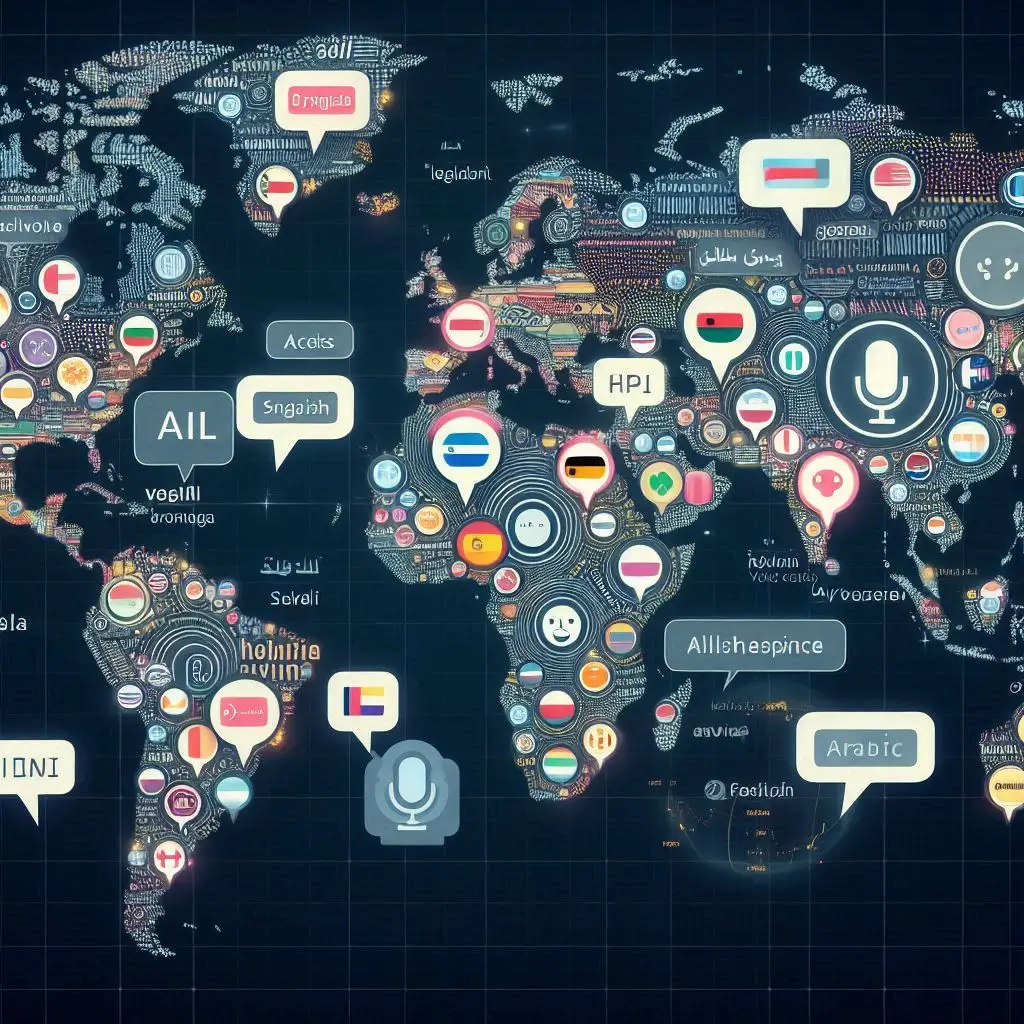
Voice Customization Options
Voice customization takes personalization to the next level. Powerful AI platforms allow users to modify voice parameters like:
Speed (slow, normal, fast)
Pitch (high or low)
Emphasis on specific words
Emotion (happy, sad, excited, serious)
Some advanced platforms even allow voice cloning, where a user can train the AI to replicate a specific voice for brand consistency or creative use.
Customization makes the voiceover feel more authentic and aligned with the intended message or tone, whether you’re aiming for a calm instructional tone or an energetic promotional video.
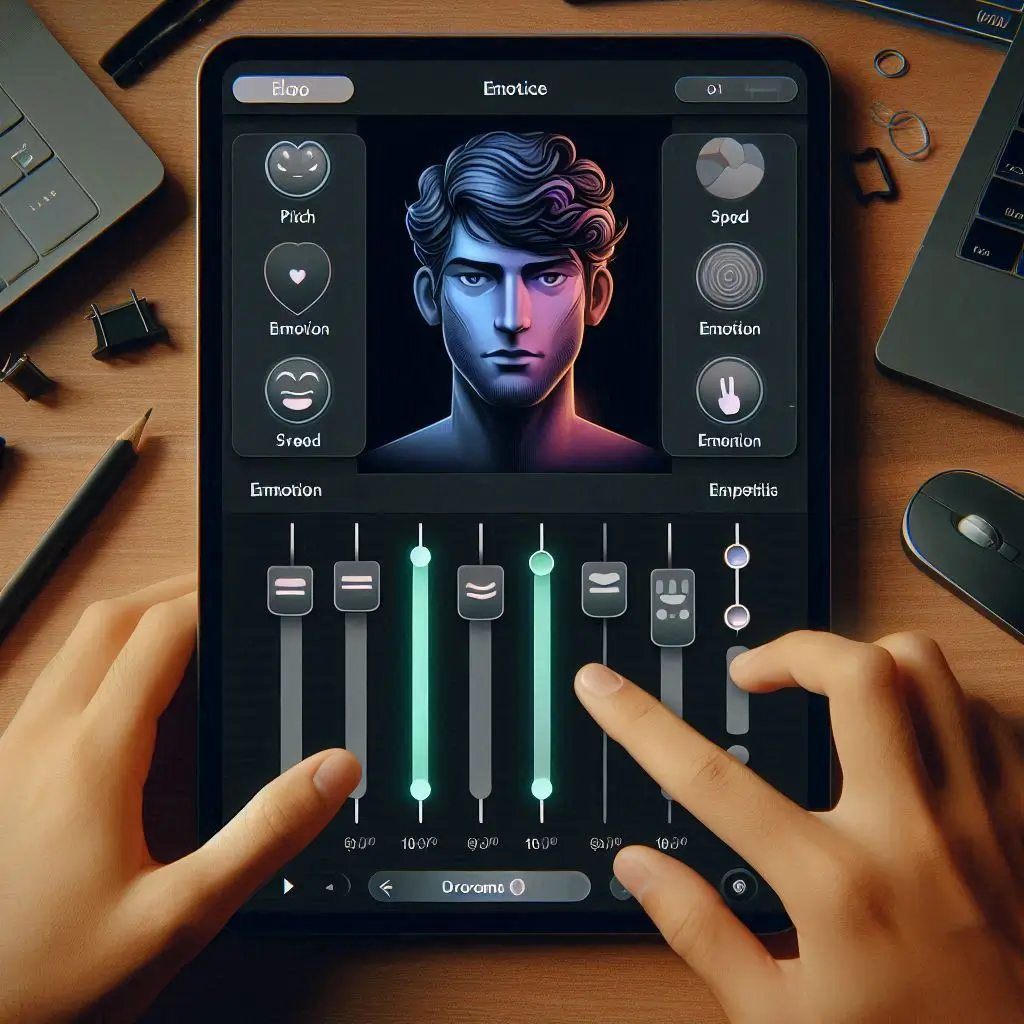
Text-to-Speech Accuracy and Realism
High-quality platforms deliver flawless text-to-speech accuracy, ensuring that the spoken words match the written script with precise pronunciation, correct pauses, and emphasis. This includes:
Proper handling of punctuation
Understanding abbreviations and acronyms
Support for SSML (Speech Synthesis Markup Language) to fine-tune output
Accuracy ensures that no information is miscommunicated, especially in professional, medical, or educational contexts. Realism, on the other hand, enhances listener trust and comprehension, which is vital for keeping audiences engaged.
Platforms that excel in these areas typically use real-time feedback loops and machine learning updates to improve performance over time.
Top Industries Using AI Voiceover Synthesis Platforms
The adoption of AI voiceover synthesis platforms is rapidly growing across industries. These tools are revolutionizing content production by reducing costs, accelerating workflows, and improving accessibility. Below are the top industries leveraging this cutting-edge technology to drive growth and engagement.
E-learning and Education
The e-learning sector is one of the biggest beneficiaries of AI voiceover synthesis. Educational institutions, course creators, and training platforms use AI-generated voiceovers to deliver content that is:
Clear and engaging
Available in multiple languages
Easily updated or revised
Whether it’s a language-learning app, online certification course, or digital classroom lecture, AI voiceovers offer scalable and consistent narration without hiring voice actors for every update.
Benefits for Education:
Improved accessibility for visually impaired students
Lower production costs for multilingual courses
Faster turnaround for course updates

Marketing and Advertising
AI voiceovers are transforming marketing by making professional-grade audio production fast, flexible, and budget-friendly. Marketers use AI voices for:
Social media video narration
Explainer and promotional videos
Voiceovers in ad creatives
These tools allow businesses to test different voice styles quickly and tailor campaigns to different demographics, accents, and regions without reshooting or hiring multiple voice artists.
Marketing Advantages:
Rapid A/B testing with different voice tones
Brand-consistent voice across campaigns
Global reach through accent and language support
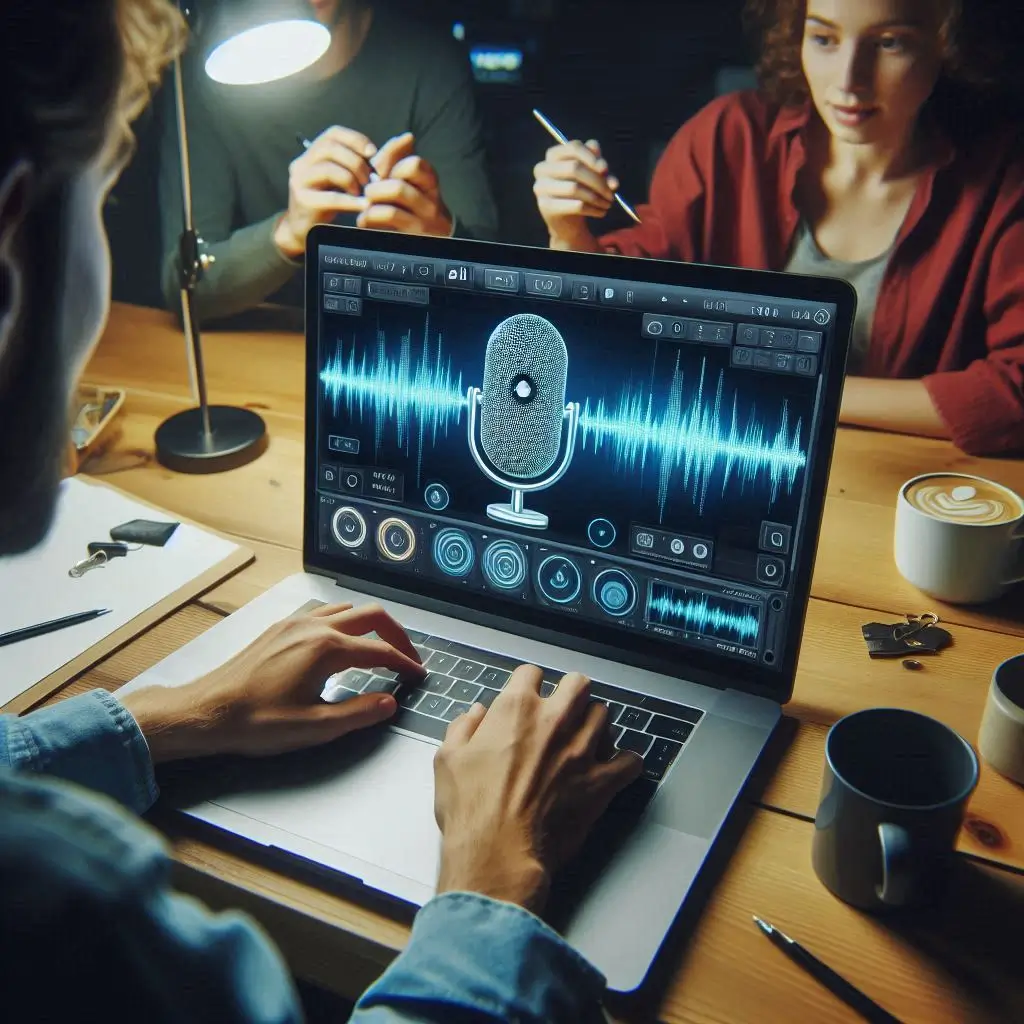
Gaming and Entertainment
The gaming industry is leveraging AI voiceover synthesis to develop immersive in-game narration and dynamic character dialogue without the long production cycles of traditional voice acting. Indie developers and large studios alike benefit from:
Faster dialogue creation
Dynamic voice reactions in real-time
Cost savings in narrative-heavy games
Similarly, entertainment platforms use AI voiceovers for trailers, behind-the-scenes videos, and non-dialogue content to cut production costs while maintaining professional quality.
Gaming Use Cases:
Narrated tutorials
In-game dialogue that adapts to player actions
Game trailers with dramatic voiceovers
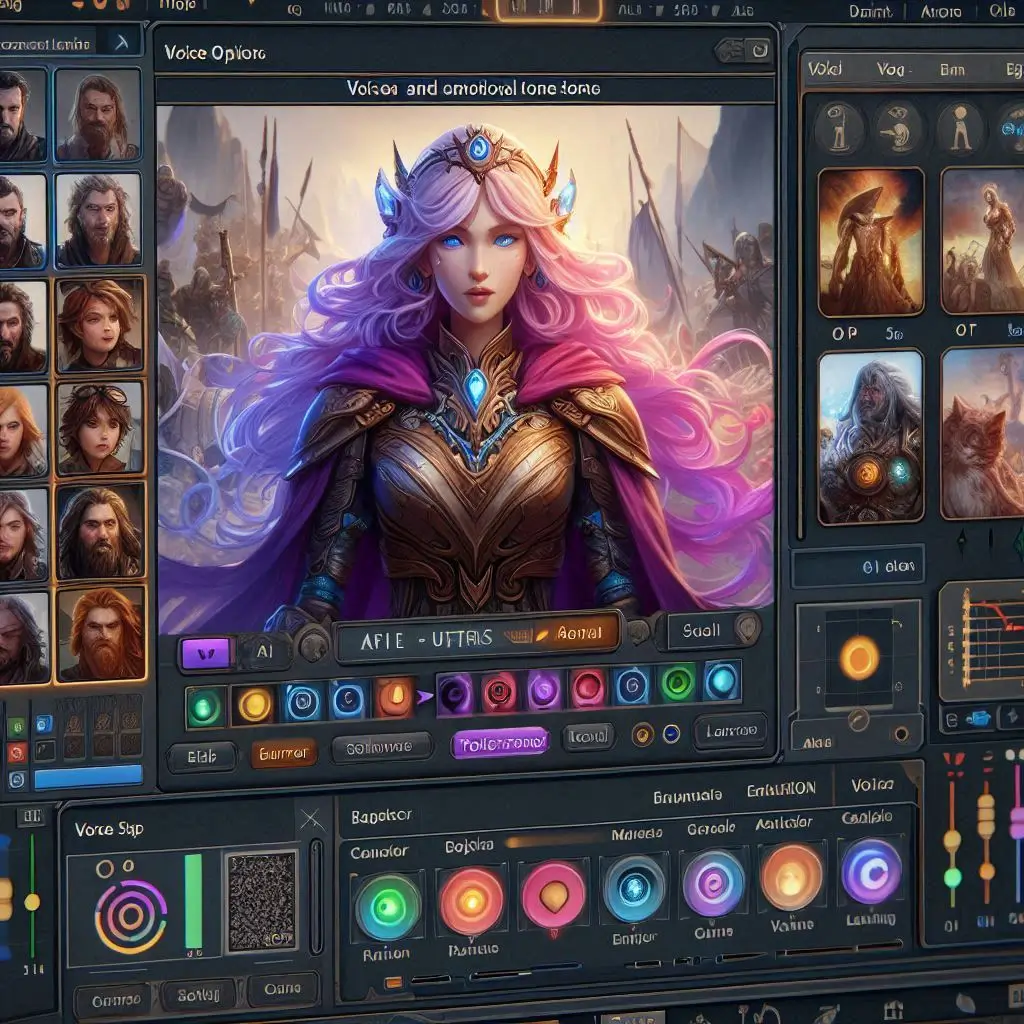
Audiobook and Podcast Production
The demand for audiobooks and podcasts is booming, and AI voiceover platforms make production faster, cheaper, and more accessible for creators.
Whether you’re narrating a fiction novel, producing a self-help book, or recording a podcast episode, AI voices now offer:
Emotionally expressive reading
Natural pacing and storytelling tone
Consistent delivery for long-form audio
Authors and content creators no longer need to invest in studio time or voice actors to deliver quality audio. Some platforms even allow voice cloning, enabling authors to narrate their own books virtually.
Key Benefits for Creators:
High scalability with minimal cost
No need for professional recording environments
Ability to produce multi-episode podcasts with voice consistency
How to Choose the Right AI Voiceover Synthesis Platform
With so many AI voiceover synthesis platforms available, selecting the right one can be overwhelming. Whether you’re a content creator, marketer, educator, or developer, choosing the right platform is crucial for achieving high-quality results, maintaining brand consistency, and optimizing production time.
Here are the most important factors to evaluate before making a decision.
Factors to Consider Before Choosing
Before you subscribe or invest in any AI voiceover platform, consider the following key evaluation points:
Voice Quality: Are the AI-generated voices realistic and expressive?
Voice Variety: Does the platform offer multiple voices, accents, and languages?
Speech Customization: Can you adjust pitch, speed, emotion, and emphasis?
Licensing: Is the generated content royalty-free for commercial use?
Each of these factors directly impacts how well the platform aligns with your goals—whether for professional narration, brand videos, or educational content.
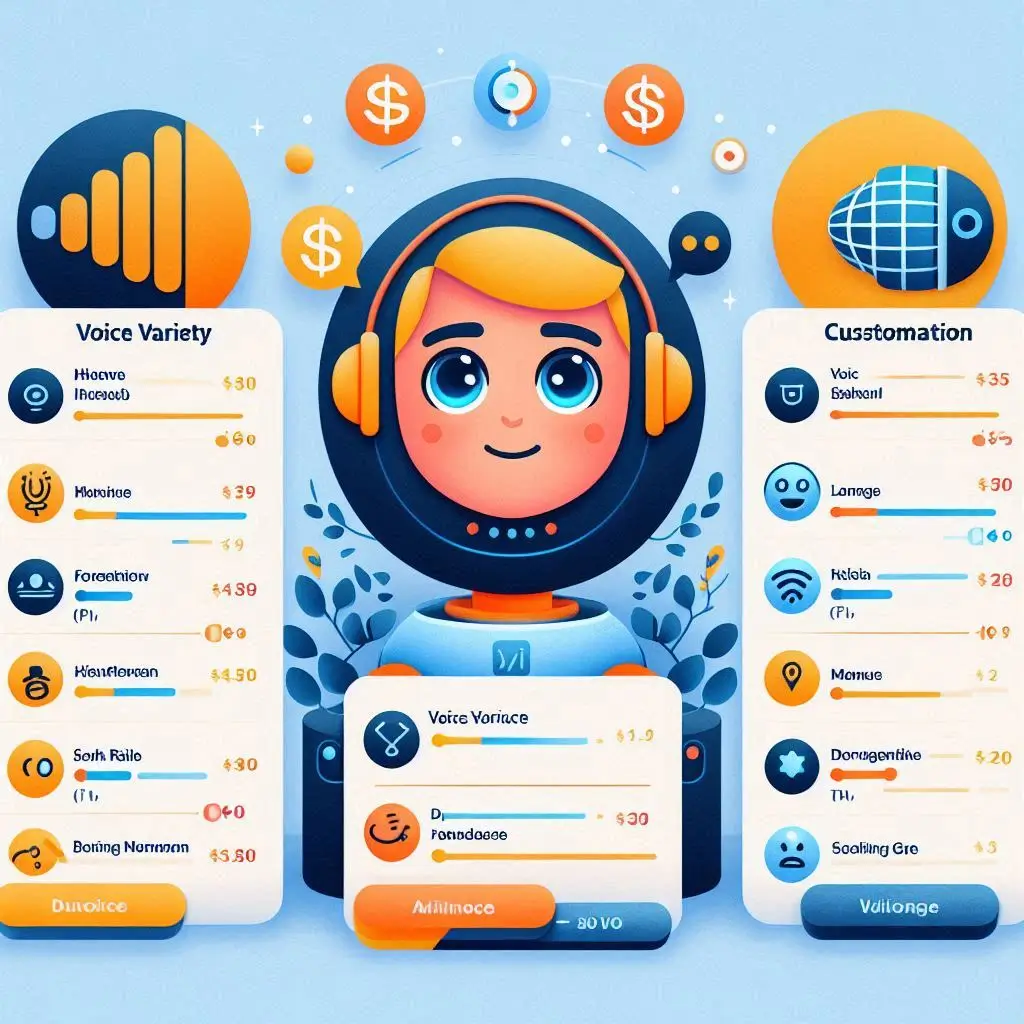
Pricing Models and Subscription Plans
AI voiceover platforms come with a variety of pricing models, so understanding what fits your budget and usage is vital.
Common Pricing Structures Include:
Free Plans: Limited voice options, word count, or daily usage
Pay-as-You-Go: Ideal for occasional users or short-term projects
Monthly/Annual Subscriptions: Great for heavy users with ongoing content needs
Enterprise Pricing: Custom quotes for large-scale business use
It’s also essential to check for hidden costs like additional fees for high-quality downloads, commercial rights, or extra voice styles.

Ease of Use and Integration Options
A user-friendly interface is crucial for efficient production, especially if you’re not tech-savvy. Look for platforms that offer:
Drag-and-drop interfaces
Live preview and voice testing
SSML support for advanced voice control
Additionally, integration with video editing tools, LMS platforms, or developer APIs can significantly streamline your workflow. For example, some platforms connect directly to tools like Adobe Premiere, Canva, or Google Slides, while others offer APIs for SaaS applications.

Customer Support and Community Resources
Reliable customer support is a must, especially if you run into technical issues or need guidance on maximizing the platform’s features. Leading platforms offer:
Live chat or email support
Knowledge bases and tutorials
Community forums or user groups
Video walkthroughs
A strong user community also allows you to share tips, get inspired by use cases, and receive real-time feedback, making the learning curve much smoother.
Future Trends in AI Voiceover Technology
As demand grows for scalable, high-quality voice content, the future of AI voiceover synthesis platforms is rapidly evolving. Breakthroughs in machine learning, ethics in synthetic speech, and collaborative AI tools are reshaping how voiceovers are created and consumed.
Here are the key trends to watch in the next wave of innovation.
Advancements in Neural Voice Cloning
One of the most significant developments in AI voiceover synthesis is neural voice cloning. This technology allows users to replicate any voice—including their own—with just a few minutes of recorded audio.
These AI-generated voice clones are not only highly realistic but also emotionally nuanced. Future platforms will enable:
Real-time voice cloning
Emotion and tone transfer from reference audio
Personal voice assistants with a cloned human voice
This trend opens the door to deeply personalized voice content, but also demands stricter regulations and authentication tools.
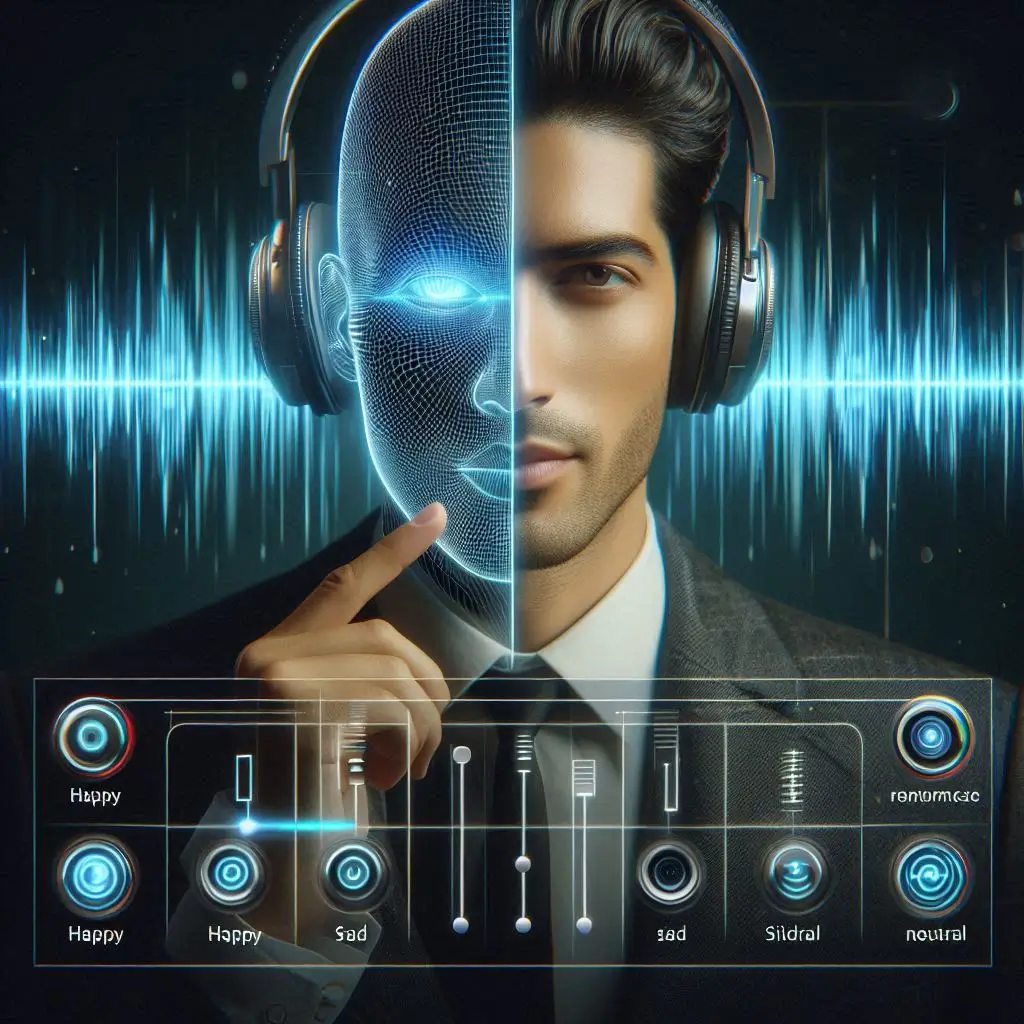
Ethical Considerations and Deepfake Risks
With great power comes great responsibility. While AI voiceovers have revolutionized content creation, they also introduce ethical challenges and risks.
The same technology that powers virtual narrators can also be misused to create audio deepfakes—false audio clips impersonating real people. Key ethical concerns include:
Consent and ownership of voice data
Impersonation of public figures
Voice manipulation in fraud and misinformation
To mitigate these risks, platforms are investing in AI watermarking, disclosure tags, and verification systems to ensure transparency in synthesized audio.
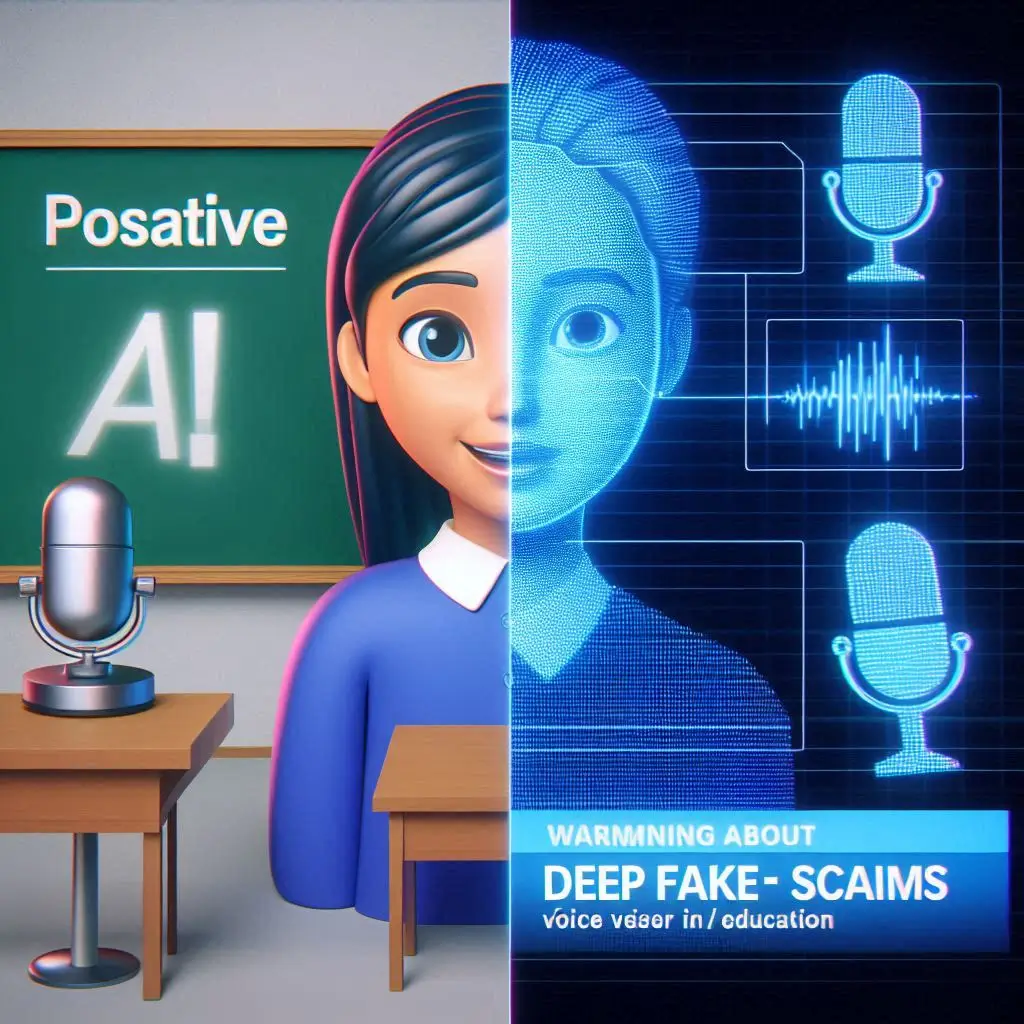
Role of AI in Human-AI Collaboration for Content Creation
The future of content creation isn’t AI replacing humans—it’s AI collaborating with humans to elevate creativity. Voiceover synthesis platforms are evolving from being just tools to becoming creative partners.
Examples of collaboration:
Writers input a script; AI suggests voice tone adjustments
Filmmakers generate placeholder voiceovers instantly during editing
Podcasters use AI to enhance emotion or clarity post-recording
Instead of rigid automation, future platforms will offer real-time co-creation environments where users can tweak, guide, and co-design the voiceover output collaboratively.

Frequently Asked Questions (FAQs) About AI Voiceover Synthesis Platforms
What is an AI Voiceover Synthesis Platform?
An AI voiceover synthesis platform is a software application powered by artificial intelligence that converts written text into realistic human-like speech. These platforms use advanced algorithms, often built on deep learning and neural networks, to replicate tone, inflection, pacing, and emotion—making the voiceovers sound natural and professional.
They are widely used in industries like e-learning, gaming, digital marketing, and podcasting due to their scalability and efficiency.

Are AI voiceovers better than human voiceovers?
AI voiceovers are not necessarily “better,” but they offer unique advantages:
Speed and Scalability: AI can produce hours of content in minutes.
Cost-Effective: No need to hire voice actors for every project.
Multi-Language Support: Global voice options at your fingertips.
Flexibility: Quick edits and multiple variations without re-recording.
However, for emotionally rich storytelling or complex narratives, human voiceovers still have the edge in delivering authenticity.
Can I legally use AI-generated voiceovers for commercial purposes?
Yes—most AI voiceover platforms offer commercial usage rights as part of their premium or enterprise plans. However, it’s important to check the platform’s licensing agreement. Some may restrict use in advertisements, films, or public broadcasts unless you purchase specific rights.
Look for:
Royalty-free commercial licensing
Clear usage policies for media, podcasting, or ads
Voice cloning consent clauses if using custom voices
Is it safe to use voice cloning on these platforms?
Voice cloning is a powerful feature, but it comes with ethical responsibilities. Most reputable platforms require proof of consent to clone any individual’s voice. Always follow these best practices:
Only clone voices with explicit permission
Avoid mimicking public figures or impersonating others
Use cloned voices for ethical, non-deceptive purposes
New security technologies like AI watermarks and voice integrity checks are being developed to combat deepfake misuse.

How do I choose the best AI voiceover platform?
To choose the right platform, consider the following:
Voice quality and customization options
Multi-language and accent support
Pricing plans that match your usage
Ease of integration with your workflow
Customer support and learning resources
You should also test free trials or demos to evaluate the voice tone, naturalness, and user interface.
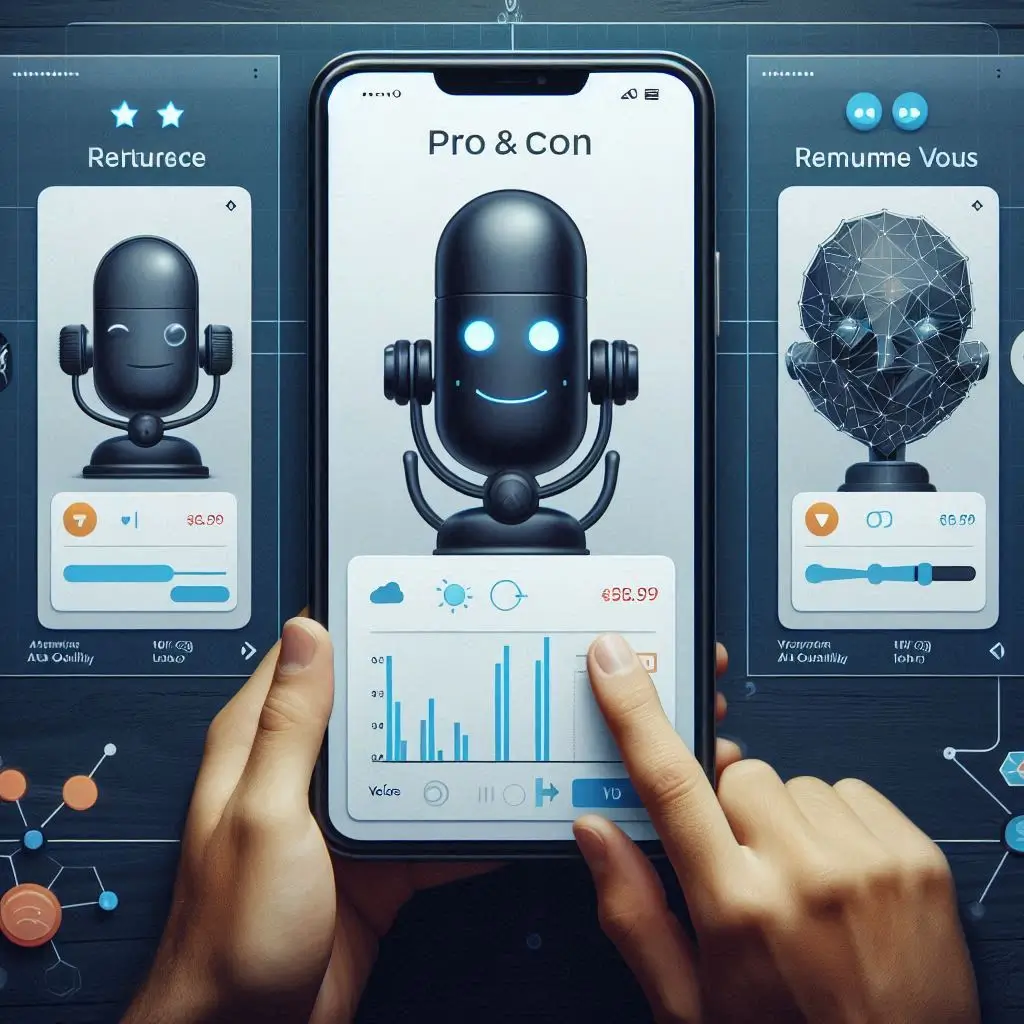
Conclusion
AI voiceover synthesis platforms are transforming the way we create and deliver audio content across industries—from education and advertising to gaming and podcasting. With features like natural-sounding voices, multilingual support, and customizable tones, these platforms offer a scalable, cost-effective solution to traditional voiceovers. As technology continues to evolve with advancements like neural voice cloning and real-time editing, the future holds immense potential for creators and businesses alike. By choosing the right AI voiceover synthesis platform and using it ethically, you can unlock new levels of productivity and creativity in your content production process. Whether you’re a content creator, educator, marketer, or developer, now is the perfect time to harness the power of AI voiceovers to elevate your brand and captivate your audience.

